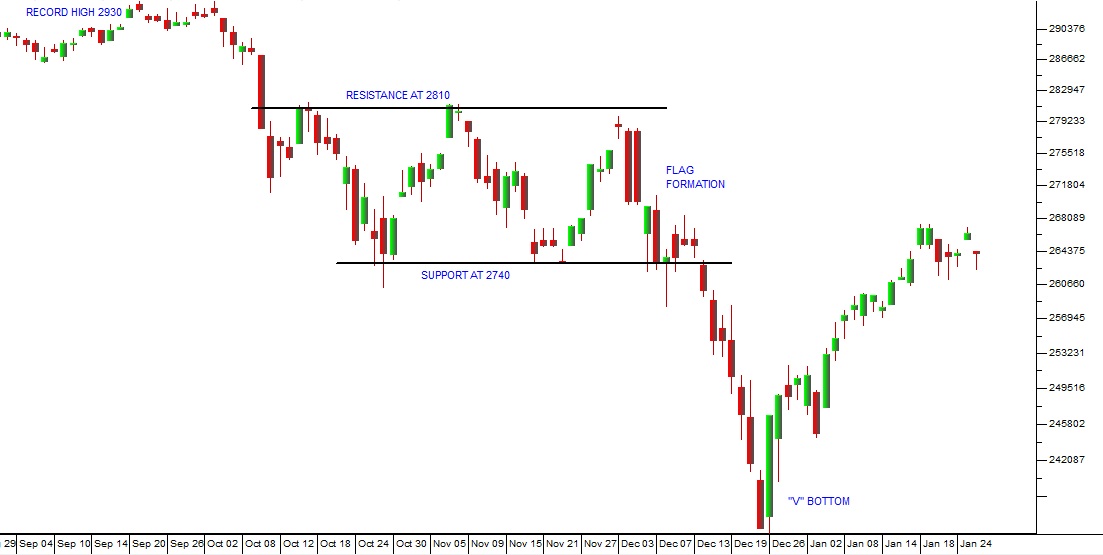Wall Street in Context
On our website (www.pdsnet.co.za) there is a section which deals with how we see the stock markets of the world in the context of their history. We call it “Our Background Approach”. It sets out the context of the current situation on Wall Street as we see it.
To this background approach we have added an excellent tube of a lecture given by Jeff Diest (https://www.youtube.com/watch?v=KIgsmm2uR8M) which you should take the time to watch.
The New York Stock Exchange (NYSE) is on track to reach its tenth year in a bull trend – which is an all-time record. Experts and analysts are at a loss to explain its continued upward trend. No bull market in history has ever gone on for this long. But what they are missing is that, as Diest says, we are in completely uncharted territory.
We simply have no way to assess the impact of the unprecedented monetary policy stimulation of the world economy over the past decade.
Two points we can be certain of are that the quantitative easing (creating and injecting over $12,5 trillion into the world economy):

- is achieving its objective of putting the world economy into a boom phase.
- is only just beginning to be discounted into world markets.

S&P500 Index September 2018 to January 2019 - Chart by ShareFriend Pro
The S&P must inevitably follow the progress of the 500 US companies which it represents and those companies are continuing to make good profits. The correction is now 4 months old and we predict that the S&P will reach a new all-time record high by April 2019.← Back to Articles